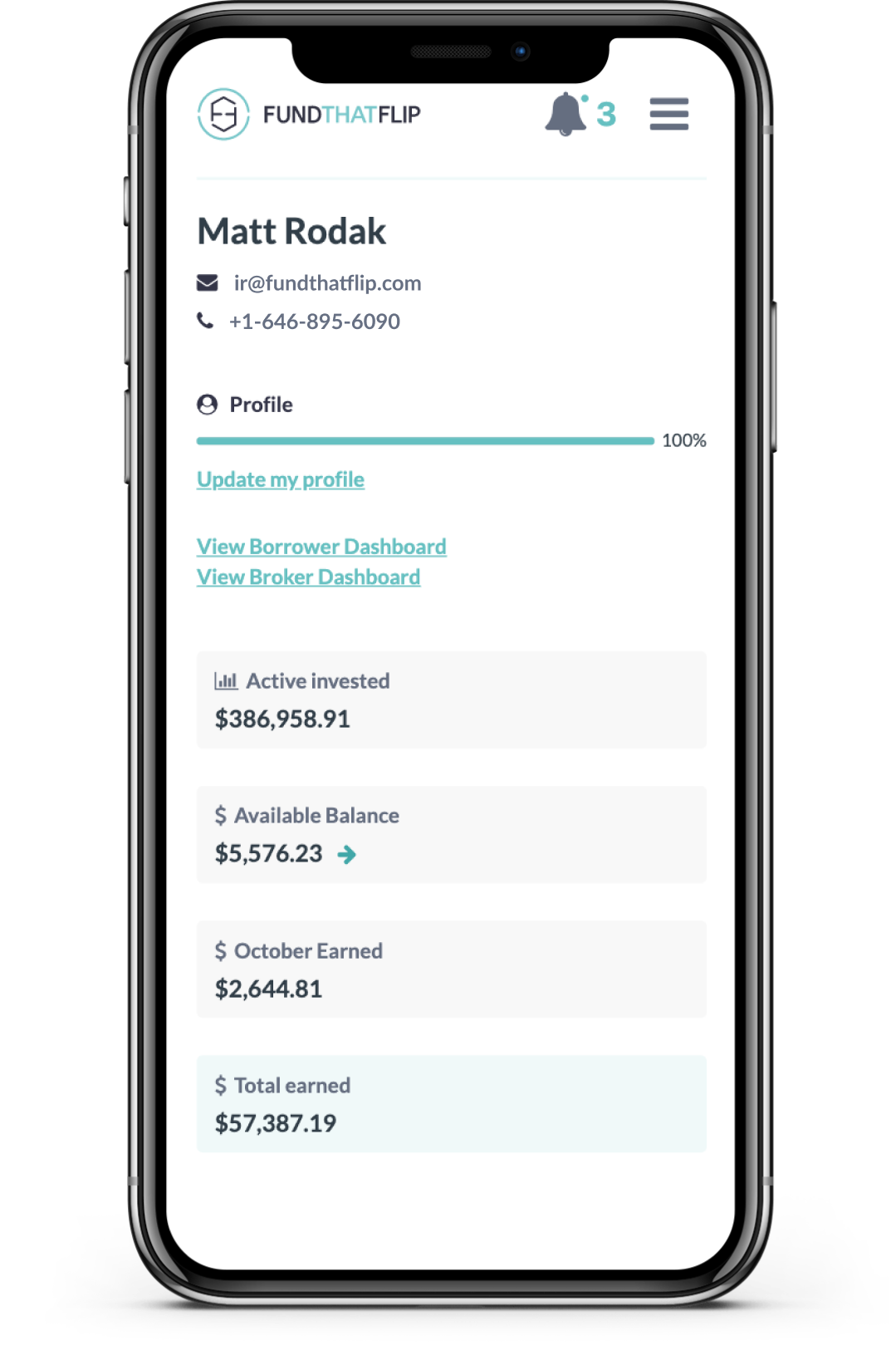In our articles Investing in Real Estate Online 101 and Investing in Real Estate Online 201, we explored the basics of real estate crowdfunding, how active investing is different from passive investing, and more. Now that you're familiar with the benefits, risks, and logistics of investing in real estate online, let's explore if it's right for you and your portfolio. Many platforms offer the ability to invest in real estate online to investors who qualify as accredited. Accredited investors are those individuals and business entities who are entitled to trade securities that may not be registered with the SEC.

The official definition of an accredited investor is someone who:
- earned income that exceeded $200,000 (or $300,000 together with a spouse) in each of the prior two years, and reasonably expects the same for the current year, OR
- has a net worth over $1 million, either alone or together with a spouse (excluding the value of the person’s primary residence).
Entities may also qualify as accredited when they can prove:
- Net assets over $5 million
- All individual owners in the entity are accredited investors
The official accredited investor definition was updated by the SEC in August 2020.
If you meet the criteria for an accredited investor, the next step is to ask yourself, "Is investing in real estate right for me and my portfolio?" Here are a few things to keep in mind when building your investment strategy.
Modern portfolio theory suggests that the best way to earn consistent returns is to diversify across investments and asset classes. Recommendations readily found online suggest that, depending on risk, return, and hold period, it makes sense for many investors to hold anywhere between 5-20% of their portfolio in real estate. In fact, many platforms allow you to get started with as little as $5,000, allowing you the freedom to experiment with your risk appetite and the types of projects you want to invest in.
Secondly, consider how to diversify your real estate portfolio. A diverse portfolio helps to hedge against massive losses on an individual deal and increases the probability of higher long term returns of the portfolio. The way you can ensure you have a diverse investment by investing into deals with different borrowers, geographic locations, and time to maturity.
 A diverse portfolio helps to hedge against massive losses on an individual deal and increases the probability of higher long term returns of the portfolio.
A diverse portfolio helps to hedge against massive losses on an individual deal and increases the probability of higher long term returns of the portfolio.
When investing in real estate, you can invest in mobile home parks, fix-and-flip residential, commercial office, hotels, new developments, and everything in-between. To make educated investments, you need to have a solid understanding of the investment fundamentals of these different asset classes. Just like it’s impossible to intelligently invest in every industry sector for publicly traded stocks, it’s very difficult to make educated investment decisions across multiple real estate asset classes. We recommend starting with 1 or 2 asset classes that you understand. This is one of the reasons we like residential fix-and-flip loans. Most investors have a baseline understanding of this asset class from being home owners.
Finally, consider that real estate investing is relatively illiquid. Hold periods on some platforms are typically between 6-12 months. Other platforms offer investments which may have 5-7 year hold periods. Most of these private investments aren’t freely traded, and if they are, may have restrictions which could impact your return.
With this in mind, you’ll want to be strategic with your investments to make sure that the maturity periods naturally give you some liquidity. For example, you might make two investments per month. One investment will have a 6 month maturity while the other has a 12 month. The next month you repeat this strategy until you are fully allocated. This way, after 6 months, you’ll have at least one investment mature, giving you some liquidity. Depending on your liquidity needs, you can then re-invest this capital or take it off the table if your allocation strategy has changed.
Having a strategy that you follow will allow you to screen deals quickly and focus your diligence efforts on the deals that best fit your risk/return goals. This is important as you may need to act fast in order to get into good deals but also gives you a better return on your time when considering the size of your allocation for each investment.
Like any strategy, you should revisit and re-calibrate based on your experience and relative performance. As you gain more experience, you can grow your strategy to increase you allocation, asset type, investment type all while refining your criteria.
Read the previous or next article:
Ready to add real estate to your portfolio? Get started by creating a free account today:








